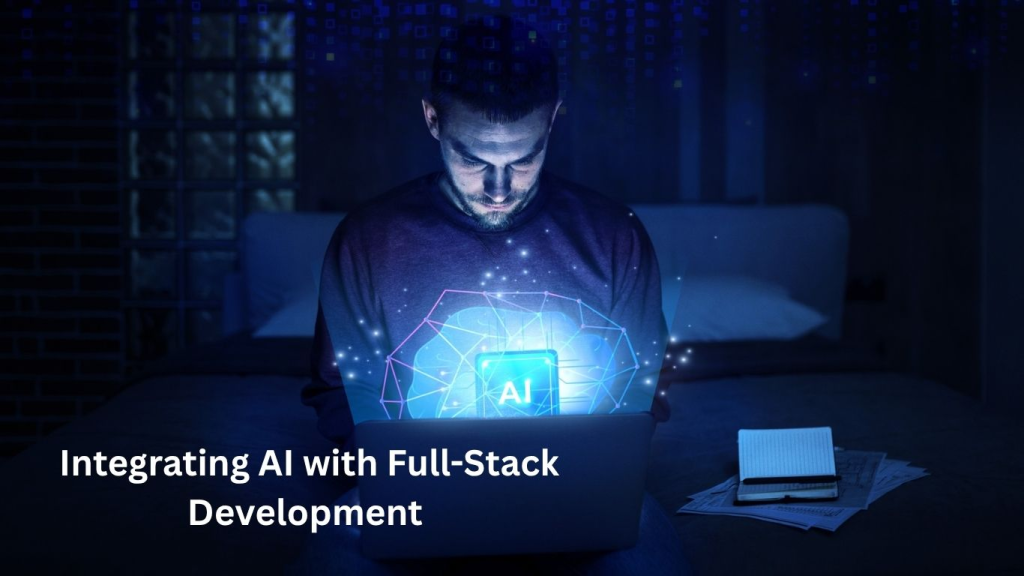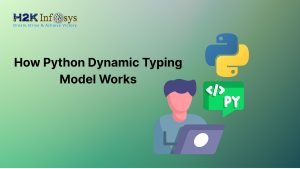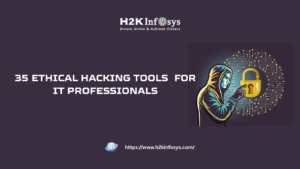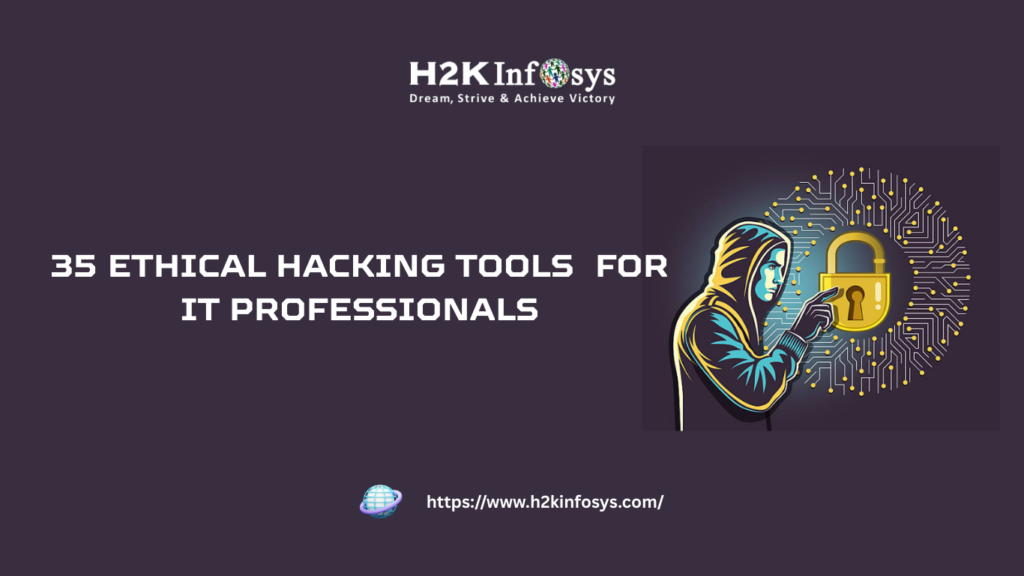Python has become the gold standard for Artificial Intelligence (AI) development, data science, and web applications. While cloud-based notebooks provide convenience, installing Python on your local machine remains a far more effective method for deep, hands-on learning.
For students pursuing AI programming with Python or preparing for an AI Python certification, understanding how to set up and work with Python directly is critical. In our AI Powered Full Stack Python Mastery Training, we emphasize the importance of installing Python as a foundation for mastering Python for AI and full-stack development.
This article will explore why installing Python is the preferred choice for learners who aim to go beyond basic experimentation, covering performance, flexibility, and real-world development scenarios.
1. The Power of Local Installation
When you choose to install Python locally, you’re setting up your development environment in a way that mirrors real-world professional workflows. Here’s why that matters:
- Performance Advantage – Local Python installations use your computer’s processing power, eliminating internet dependency.
- Unlimited Customization – Install and manage packages, libraries, and frameworks without restrictions.
- Offline Capability – Keep working even when you have no internet connection, perfect for uninterrupted learning.
In contrast, relying solely on browser-based tools limits your understanding of environment management, which is vital for anyone pursuing a Python full stack course.
2. Direct Control Over Your Development Environment
One of the most significant benefits of Installing Python is control. In AI projects, you often need specific versions of libraries like TensorFlow, PyTorch, or Scikit-learn. With a local setup, you can:
- Create virtual environments to isolate projects.
- Test different library versions for compatibility.
- Avoid version conflicts common in shared cloud environments.
This is especially important for Python and AI learners, as AI models often depend on precise environment configurations for reproducibility.
3. Real-World AI Development Simulation
Employers expect AI developers to work on local or server-based environments, not just in browser notebooks. By installing Python, you simulate the same conditions you’ll face in industry:
- Running scripts from the command line.
- Managing dependencies with tools like
piporconda. - Connecting to databases, APIs, and external services.
- Building and deploying applications locally before production.
These skills are essential for both AI programming with Python and full-stack development roles.
4. Speed and Efficiency in AI Workflows
Browser-based notebooks can be convenient, but they often face limitations such as:
- Slow execution due to shared resources.
- Session timeouts that interrupt workflows.
- Restrictions on file sizes and storage.
By installing Python, you bypass these constraints entirely. You can run heavy AI training jobs without worrying about timeouts, making it ideal for building large Python for AI models.
5. Enhanced Security and Data Privacy
If your AI projects involve sensitive datasets, installing Python locally keeps your data secure on your own machine. You can:
- Work offline to protect proprietary data.
- Avoid uploading datasets to external servers.
- Comply with organizational and legal data protection policies.
This aligns with professional standards, particularly for industries where data compliance is critical.
6. Hands-On Learning of AI Development Tools

In our AI Python certification program, we focus on real tools that professionals use daily. By installing Python, you gain hands-on experience with:
- Integrated Development Environments (IDEs) like PyCharm or VS Code.
- Debugging tools to fix errors in real-time.
- Terminal-based workflows for project automation.
This makes you more job-ready compared to learners who only work within limited cloud notebooks.
7. Building Scalable AI Projects
Scalable AI applications often require local testing before cloud deployment. By installing Python, you can:
- Run long AI training sessions.
- Use GPU acceleration if your machine supports it.
- Integrate your code with local databases or APIs.
These capabilities are fundamental in both AI research and practical Python full stack course projects.
8. Learning Environment Setup Step-by-Step
For students new to Installing Python, here’s a simple guide:
- Download Python Installer – Choose the latest stable version from the official Python website.
- Run Installer – Enable the “Add Python to PATH” option.
- Verify Installation – Open a terminal or command prompt and type: bash
python --version - Install Essential Packages – Use: bash
pip install numpy pandas scikit-learn tensorflow - Set Up a Virtual Environment – Run: bash
python -m venv myenv source myenv/bin/activate # Mac/Linux myenv\Scripts\activate # Windows
By mastering these steps, you’ll be ready for advanced AI and Python for AI projects.
9. Case Study: Student Success Through Local Installation
One of our Python full stack course students transitioned from browser-based notebooks to Installing Python locally. Within weeks, they were:
- Building AI-powered chatbots.
- Running sentiment analysis on large datasets without timeouts.
- Deploying machine learning models into real applications.
This hands-on approach directly improved their employability and confidence.
10. Common Mistakes to Avoid
When installing Python, beginners sometimes run into these issues:
- Forgetting to set the PATH variable.
- Installing conflicting package versions globally instead of using virtual environments.
- Overlooking updates to Python or key libraries.
By learning to manage these challenges, you’ll develop troubleshooting skills crucial for AI developers.
11. Comparison Table: Installing Python vs. Cloud Notebooks
| Feature | Installing Python | Cloud-Based Notebooks |
|---|---|---|
| Performance | High – uses local CPU/GPU | Limited by shared resources |
| Customization | Full control over packages | Restricted installation |
| Offline Use | Yes | No |
| Security | Local data storage | Data on external servers |
| Learning Depth | Full development skills | Limited to notebook use |
| Scalability | Supports large projects | Resource limits |
12. Integrating AI with Full-Stack Development
The combination of Python and AI in a full-stack environment opens opportunities for:

- AI-powered web apps.
- Predictive analytics dashboards.
- Automated data pipelines.
By installing Python, you can connect AI models to frontend interfaces, APIs, and databases without dependency on browser tools.
13. Preparing for AI Python Certification
For certification readiness, you must:
- Understand the environment setup.
- Run AI training locally.
- Manage dependencies effectively.
- Deploy AI applications.
Installing Python is the first step toward mastering these competencies.
14. Final Thoughts on Learning Efficiency
While online notebooks are great for quick experimentation, they can’t match the depth, control, and professional preparation that comes from installing Python. From mastering AI programming with Python to completing a Python full stack course, the advantages are clear:
- Full control over your environment.
- Better performance for AI tasks.
- Enhanced learning through real-world simulations.
Key Takeaways
- Installing Python provides greater control, speed, and learning depth.
- Local setups are essential for real-world AI and full-stack development.
- Employers value candidates who can manage their own Python environments.
- Professional AI projects often require offline and secure workflows.
Conclusion
If you’re serious about building a career in Python and AI, start by installing Python and learning hands-on.
Enroll in H2K Infosys’ AI Powered Full Stack Python Mastery Training today and gain the skills employers want.


























